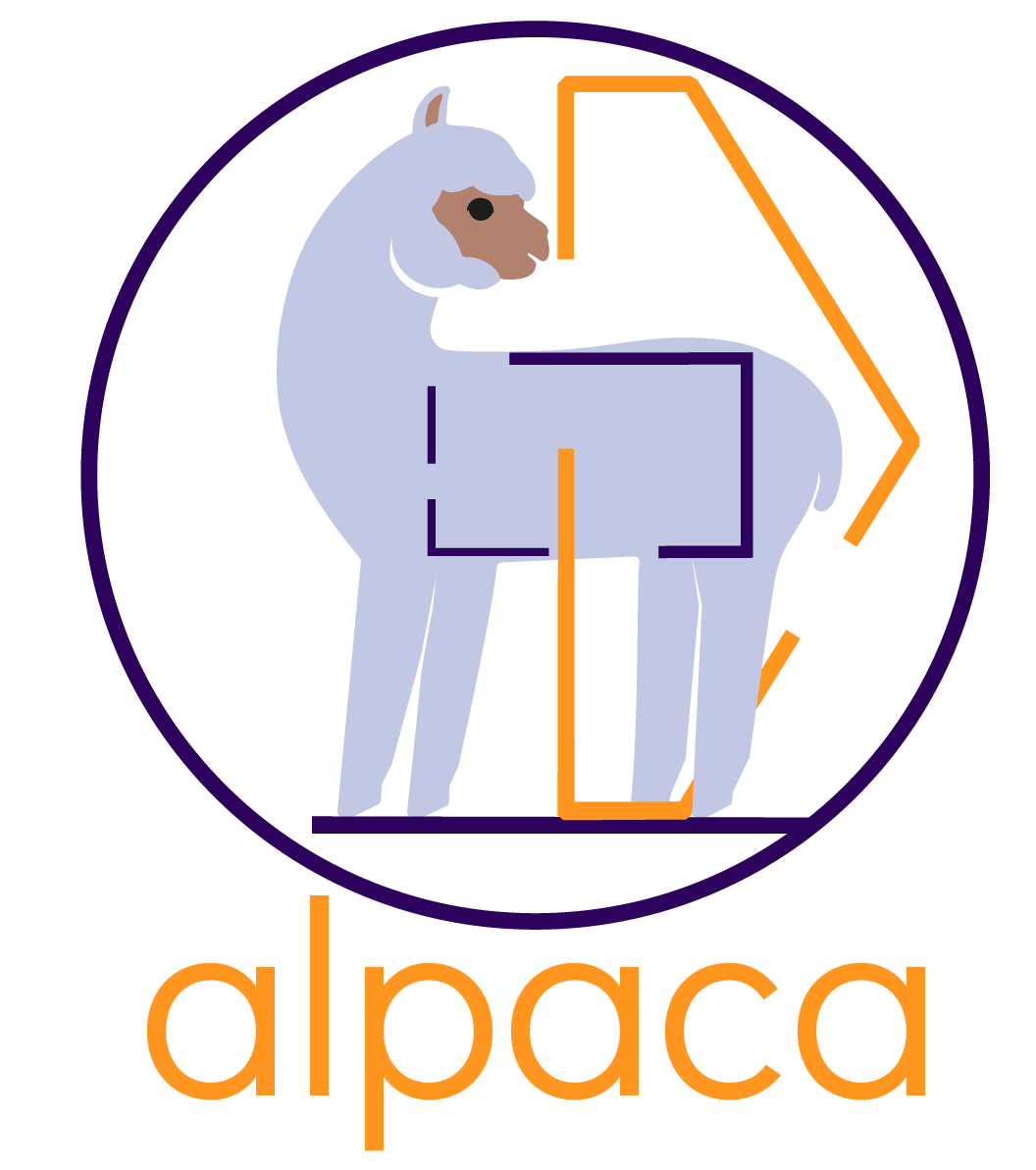This wouldn't necessarily be something supported inside the algorithms. It could very well be up to the user to load the data and metadata (although it could be made very easy, such as having a method to copy the properties and annotations of a class).
Carrying around the original objects doesn't strike me as a very efficient approach. If I have gotten the average firing rate of a spike train, it is a huge memory and, if I save intermediate results, storage space savings if I can just abandon the original data. But neo doesn't really have a class that would be suitable for saving a single rate value with SpikeTrain metadata.

I think this warrants its own issue:
@toddrjen wrote in #11:
I think this verges into overkill territory :-) For most results (like the average rate of a spike train), the caller knows exactly from what object the result has been calculated. The caller also knows if and what metadata is needed, while our analysis function doesn't, so I would leave the responsibility upstream.
However, there might be analysis where this information is not available to the caller. For example, an analysis that takes a number of objects, but only uses some of them based on their content. I don't know if we will have such functions - I would try to avoid it but it might be necessary for some algorithms. In that case, I would return providence information to the caller: provide which objects have actually been used. By linking results to the actual objects used in their creation, all metadata is available and we do not need to create new result types with all the complications that come with that.